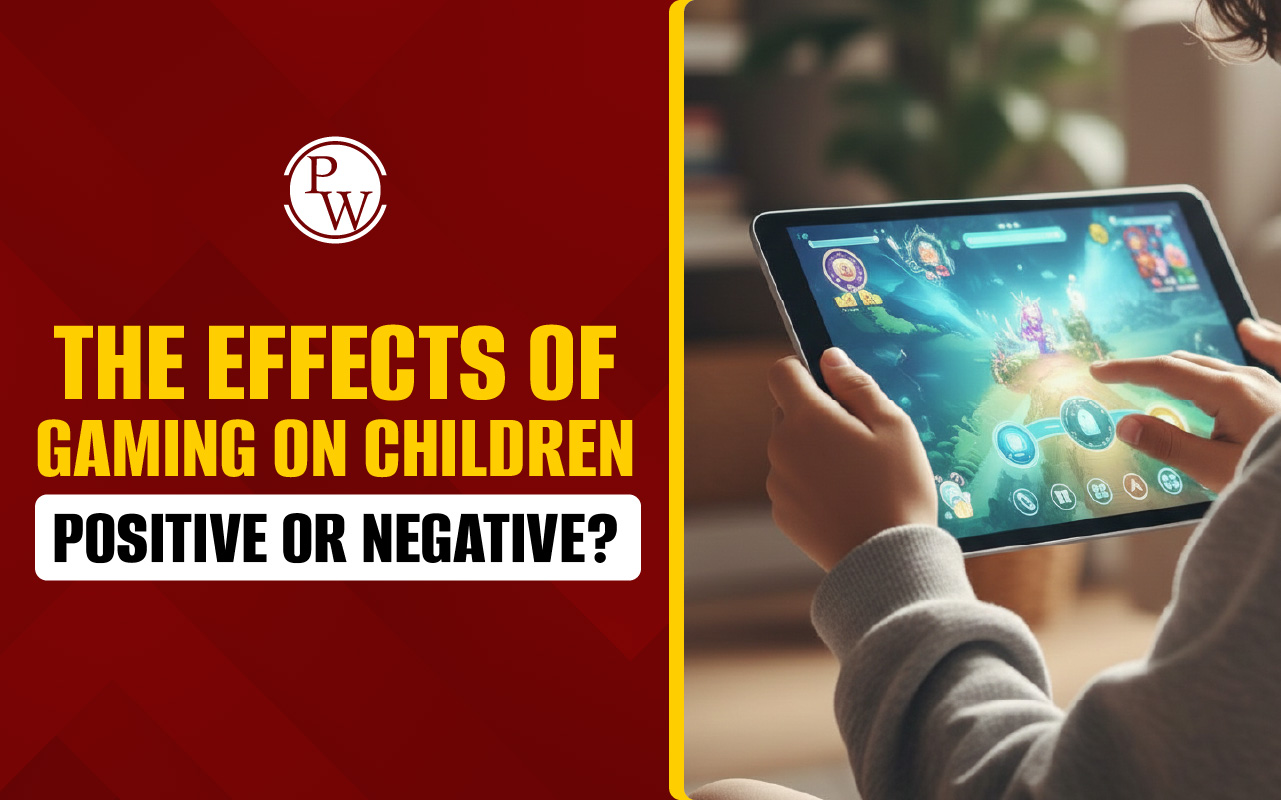
Artificial Artists Reading Answers: The “Artificial Artists IELTS Reading Answers” topic explores how AI programs like The Painting Fool and EMI (Experiments in Musical Intelligence) are challenging traditional ideas of creativity. These advanced programs have produced paintings, musical compositions, and other forms of art that have been displayed in prestigious galleries and even mistaken for human-made works.
This IELTS reading practice test includes two common IELTS reading question types: Matching Sentence Endings and Yes/No/Not Given. Practicing these sample questions will help improve your reading comprehension skills and prepare you for the IELTS exam 2025. Read till the end for detailed model answers and key insights into the evolving role of AI in the art world.
Artificial Artists Reading Answers Passage
Artificial Artists
Can computers really create works of art?
Paragraph A: The Painting Fool is one of a growing number of computer programs which, so their makers claim, possess creative talents. Classical music by an artificial composer has had audiences enraptured, and even tricked them into believing a human was behind the score. Artworks painted by a robot have sold for thousands of dollars and been hung in prestigious galleries. And software has been built which creates are that could not have been imagined by the programmer.
Paragraph B: Human beings are the only species to perform sophisticated creative acts regularly. If we can break this process down into computer code, where does that leave human creativity? ‘This is a question at the very core of humanity,’ says Geraint Wiggins, a computational creativity researcher at Goldsmiths, University of London. ‘It scares a lot of people. They are worried that it is taking something special away from what it means to be human.’
Paragraph C: To some extent, we are all familiar with computerised art. The question is: where does the work of the artist stop and the creativity of the computer begin? Consider one of the oldest machine artists, Aaron, a robot that has had paintings exhibited in London’s Tate Modern and the San Francisco Museum of Modern Art. Aaron can pick up a paintbrush and paint on canvas on its own. Impressive perhaps, but it is still little more than a tool to realise the programmer’s own creative ideas.
Paragraph D: Simon Colton, the designer of the Painting Fool, is keen to make sure his creation doesn’t attract the same criticism. Unlike earlier ‘artists’ such as Aaron, the Painting Fool only needs minimal direction and can come up with its own concepts by going online for material. The software runs its own web searches and trawls through social media sites. It is now beginning to display a kind of imagination too, creating pictures from scratch. One of its original works is a series of fuzzy landscapes, depicting trees and sky. While some might say they have a mechanical look, Colton argues that such reactions arise from people’s double standards towards software-produced and human-produced art. After all, he says, consider that the Painting Fool painted the landscapes without referring to a photo. ‘If a child painted a new scene from its head, you’d say it has a certain level of imagination,’ he points out. ‘The same should be true of a machine.’ Software bugs can also lead to unexpected results. Some of the Painting Fool’s paintings of a chair came out in black and white, thanks to a technical glitch. This gives the work an eerie, ghostlike quality. Human artists like the renowned Ellsworth Kelly are lauded for limiting their colour palette – so why should computers be any different?
Paragraph E: Researchers like Colton don’t believe it is right to measure machine creativity directly to that of humans who ‘have had millennia to develop our skills’. Others, though, are fascinated by the prospect that a computer might create something as original and subtle as our best artists. So far, only one has come close. Composer David Cope invented a program called Experiments in Musical Intelligence, or EMI. Not only did EMI create compositions in Cope’s style, but also that of the most revered classical composers, including Bach, Chopin and Mozart. Audiences were moved to tears, and EMI even fooled classical music experts into thinking they were hearing genuine Bach. Not everyone was impressed however. Some, such as Wiggins, have blasted Cope’s work as pseudoscience, and condemned him for his deliberately vague explanation of how the software worked. Meanwhile, Douglas Hofstadter of Indiana University said EMI created replicas which still rely completely on the original artist’s creative impulses. When audiences found out the truth they were often outraged with Cope, and one music lover even tried to punch him. Amid such controversy, Cope destroyed EMI’s vital databases.
Paragraph F: But why did so many people love the music, yet recoil when the discovered how it was composed? A study by computer scientist David Moffat of Glasgow Caledonian University provides a clue. He asked both expert musicians and non-experts to assess six compositions. The participants weren’t told beforehand whether the tunes were composed by humans or computers, but were asked to guess, and then rate how much they liked each one. People who thought the composer was a computer tended to dislike the piece more than those who believed it was human. This was true even among the experts, who might have been expected to be more objective in their analyses.
Paragraph G: Where does this prejudice come from? Paul Bloom of Yale University has a suggestion: he reckons part of the pleasure we get from art stems from the creative process behind the work. This can give it an ‘irresistible essence’, says Bloom. Meanwhile, experiments by Justin Kruger of New York University have shown that people’s enjoyment of an artwork increases if they think more time and effort was needed to create it. Similarly, Colton thinks that when people experience art, they wonder what the artist might have been thinking or what the artist is trying to tell them. It seems obvious, therefore, that with computers producing art, this speculation is cut short – there’s nothing to explore. But as technology becomes increasingly complex, finding those greater depths in computer art could become possible. This is precisely why Colton asks the Painting Fool to tap into online social networks for its inspiration: hopefully, it will choose themes that will already be meaningful to us.
| IELTS Exam Important Links | |
|---|---|
| IELTS Reading Band Score | IELTS Listening Band Score |
| IELTS Speaking Band Score | IELTS Writing Band Score |
Artificial Artists Reading Answers Sample Questions
IELTS Reading Multiple Choice Questions (Q. 1-5)
1. What is one of the main criticisms of computer-generated art?
A. It lacks originality and imagination
B. It is too expensive for most people to afford
C. It always follows the same patterns and styles
D. It is considered superior to human-created art
2. What makes the Painting Fool different from earlier machine artists like Aaron?
A. It can physically paint on a canvas using a brush
B. It requires minimal human input and creates its own concepts
C. It is programmed only to copy famous artworks
D. It uses a fixed set of pre-designed images
3. How did audiences react to EMI’s compositions before knowing they were created by a computer?
A. They criticized the music for being too repetitive
B. They were emotionally moved and believed it was composed by a human
C. They immediately recognized that it was computer-generated
D. They refused to listen to the music
4. Why did David Cope destroy EMI’s vital databases?
A. The program was unable to compose new pieces
B. He received threats from music lovers and critics
C. He wanted to create an improved version of the program
D. The program was banned by classical music institutions
5. According to Paul Bloom, why do people find human-created art more appealing than computer-generated art?
A. Because it is always of higher quality than machine-created art
B. Because the effort and thought behind human art add to its value
C. Because computer-generated art lacks creativity and skill
D. Because people do not enjoy music or paintings created by AI
IELTS Reading Matching Sentence Endings (Q. 6-11)
Match the statements (6-11) with the correct sentence endings (A-F).
6. Researchers like Simon Colton argue that computer-generated art should
7. The Painting Fool can now produce artwork that
8. Some experts criticized David Cope’s EMI because
9. Many people reacted negatively when they discovered that EMI’s music
10. Studies suggest that when people believe a piece of art was created by a computer,
11. Justin Kruger’s research found that people appreciate artwork more
Sentence Endings:
A. was composed by a machine rather than a human.
B. be judged by the same standards as human-created art.
C. rely on online sources for inspiration and generate original ideas.
D. it created compositions by copying the styles of famous composers.
E. they tend to rate it lower than if they believe a human created it.
F. when they think more effort and time was spent on creating it.
IELTS Reading Yes/No/Not Given (Q. 12-14)
12. Aaron, an early robot artist, was able to create paintings completely without human involvement.
13. Some classical music experts recognized that Bach did not write EMI’s compositions.
14. The Painting Fool always produces flawless and technically perfect artwork.
Artificial Artists Reading Answers with Explanations
1. What is one of the main criticisms of computer-generated art?
-
Answer: A. It lacks originality and imagination
-
Answer Reference: "Aaron can pick up a paintbrush and paint on canvas on its own. Impressive perhaps, but it is still little more than a tool to realise the programmer’s own creative ideas."
-
Explanation: The passage suggests that earlier machine artists, like Aaron, do not create truly original work but only execute the programmer’s instructions.
2. What makes the Painting Fool different from earlier machine artists like Aaron?
-
Answer: B. It requires minimal human input and creates its own concepts
-
Answer Reference: "Unlike earlier ‘artists’ such as Aaron, the Painting Fool only needs minimal direction and can come up with its own concepts by going online for material."
-
Explanation: Unlike Aaron, the Painting Fool generates its own ideas instead of simply following pre-programmed instructions.
3. How did audiences react to EMI’s compositions before knowing they were created by a computer?
-
Answer: B. They were emotionally moved and believed it was composed by a human
-
Answer Reference: "Audiences were moved to tears, and EMI even fooled classical music experts into thinking they were hearing genuine Bach."
-
Explanation: People were deeply touched by EMI’s compositions and assumed they were created by a human composer.
4. Why did David Cope destroy EMI’s vital databases?
-
Answer: B. He received threats from music lovers and critics
-
Answer Reference: "Amid such controversy, Cope destroyed EMI’s vital databases."
-
Explanation: Many people were outraged when they discovered EMI was a computer program, leading to strong criticism and hostility toward Cope.
5. According to Paul Bloom, why do people find human-created art more appealing than computer-generated art?
-
Answer: B. Because the effort and thought behind human art add to its value
-
Answer Reference: "He reckons part of the pleasure we get from art stems from the creative process behind the work."
-
Explanation: People appreciate art more when they believe it involves human creativity and effort.
6. Researchers like Simon Colton argue that computer-generated art should
-
Answer: B. be judged by the same standards as human-created art.
-
Answer Reference: "If a child painted a new scene from its head, you’d say it has a certain level of imagination... The same should be true of a machine."
-
Explanation: Colton believes that people apply double standards when judging machine-created and human-created art.
7. The Painting Fool can now produce artworks that
-
Answer: C. rely on online sources for inspiration and generate original ideas.
-
Answer Reference: "The Painting Fool only needs minimal direction and can come up with its own concepts by going online for material."
-
Explanation: Unlike earlier AI programs, the Painting Fool gathers ideas from online sources and creates new concepts.
8. Some experts criticized David Cope’s EMI because
-
Answer: D. It created compositions by copying the styles of famous composers.
-
Answer Reference: "Not only did EMI create compositions in Cope’s style, but also that of the most revered classical composers, including Bach, Chopin and Mozart."
-
Explanation: Critics argued that EMI was merely replicating existing styles rather than creating something truly original.
9. Many people reacted negatively when they discovered that EMI’s music
-
Answer: A. was composed by a machine rather than a human.
-
Answer Reference: "When audiences found out the truth they were often outraged with Cope, and one music lover even tried to punch him."
-
Explanation: People were upset when they realized the music they enjoyed was composed by a machine.
10. Studies suggest that when people believe a piece of art was created by a computer,
-
Answer: E. They tend to rate it lower than if they believe a human created it.
-
Answer Reference: "People who thought the composer was a computer tended to dislike the piece more than those who believed it was human."
-
Explanation: The study found that people’s perception of art changes when they know it was created by a computer.
11. Justin Kruger’s research found that people appreciate artwork more
-
Answer: F. when they think more effort and time was spent on creating it.
-
Answer Reference: "Experiments by Justin Kruger of New York University have shown that people’s enjoyment of an artwork increases if they think more time and effort was needed to create it."
-
Explanation: People value art more if they believe it requires significant effort to produce.
12. Aaron, an early robot artist, was able to create paintings completely without human involvement.
-
Answer: No
-
Answer Reference: "Aaron can pick up a paintbrush and paint on canvas on its own. Impressive perhaps, but it is still little more than a tool to realise the programmer’s own creative ideas."
-
Explanation: Aaron still depends on human programming and does not create entirely on its own.
13. Some classical music experts recognized that Bach did not write EMI’s compositions.
-
Answer: Not Given
-
Answer Reference: "EMI even fooled classical music experts into thinking they were hearing genuine Bach."
-
Explanation: The passage mentions that EMI fooled experts but does not state if any recognized the difference.
14. The Painting Fool always produces flawless and technically perfect artwork.
-
Answer: No
-
Answer Reference: "Some of the Painting Fool’s paintings of a chair came out in black and white, thanks to a technical glitch."
-
Explanation: The Painting Fool sometimes produces unexpected results due to software bugs.
Also Read:
- Should You Use All Capital Letters in the IELTS Listening and Reading Tests
- IELTS Reading Mistakes
- How to Improve IELTS Reading Score
- How to Manage Time in IELTS Reading
Guidance of PW IELTS
Physics Wallah offers multiple online IELTS courses for all students. Follow the IELTS pages to better prepare for the exam.
| What is IELTS Exam? | Documents Required for IELTS Registration |
| IELTS exam eligibility requirements | IELTS Exam Fees |
| IELTS test results | IELTS Exam Pattern |
Artificial Artists Reading Answers FAQs
Can computers create original art?
Why do some people reject computer-generated art?
How does The Painting Fool create its artwork?
Has AI-created music ever fooled experts?
Will AI replace human artists?










